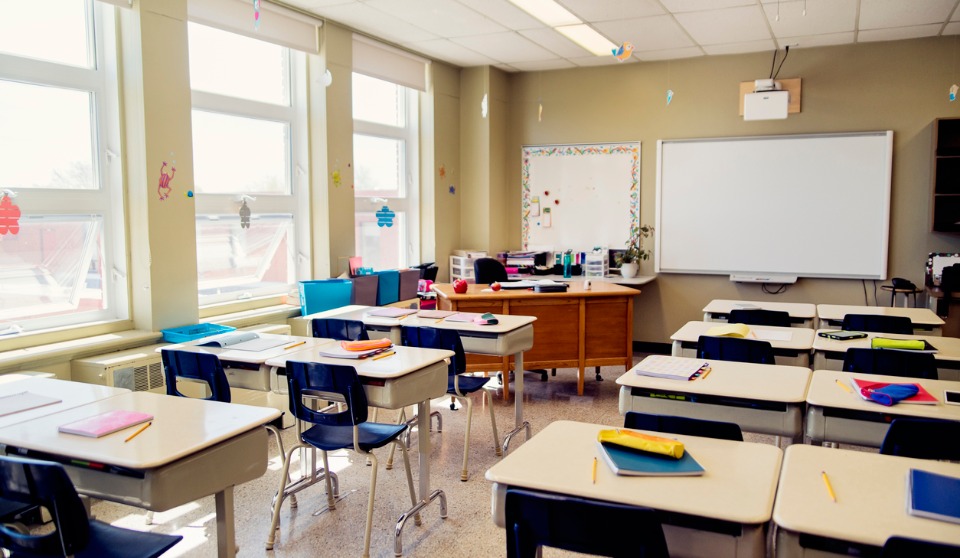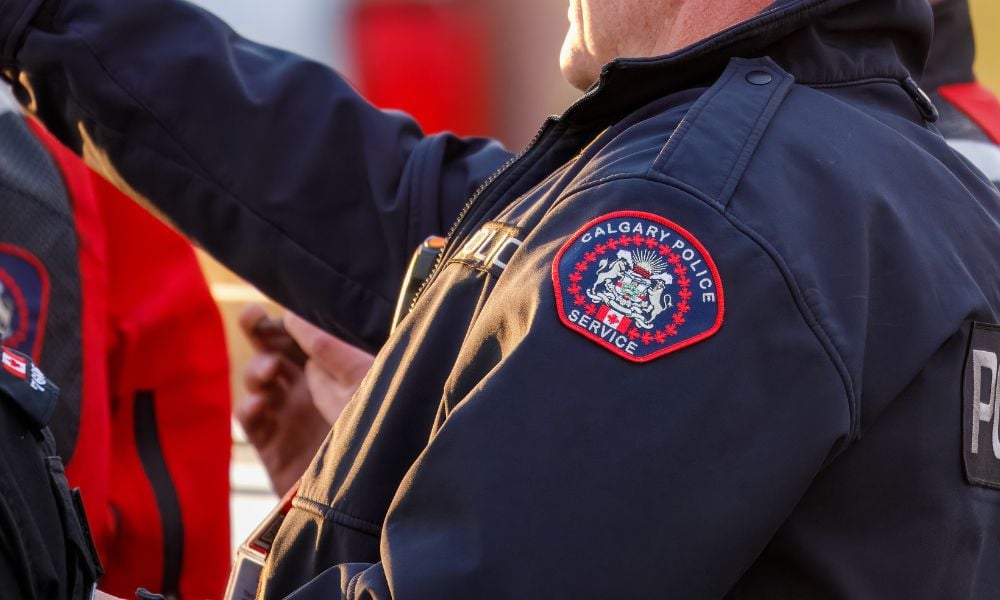Violence increasing but stigma attached to reporting incidents

Kevlar clothing, taser, panic alarms, padded jackets and spit masks. If asked to identify which job this personal protective equipment (PPE) is associated with, many would assume the person wearing this worked in security, law enforcement or similar work. The reality is that this is a list of PPE that teachers are wearing. Not all of it is sanctioned by school boards, but the increasing frequency and severity of incidents has some teachers and teacher assistants quietly packing weapons such as tasers and carrying their own panic alarms. Classrooms have changed, and as the almost daily media stories tell us, there are more changes on the way that will increase the complexity teachers are managing. Higher class sizes, fewer assistants and aides, increasing expectations, increasing student diversity, and less support are just some of the changes as provinces struggle to balance budgets. While governments and school boards focus on budgetary pressures, parents focus on grades and academic performance. As long as the final performance numbers add up, it is easy to overlook the increasing challenges faced by teachers in schools.
With school boards operating on individual reporting systems with different definitions of what constitutes an incident, it is difficult to determine how much student-on-teacher violence is increasing. New reporting tools that facilitate filing an incident report have been identified as one of the reasons incidents appear to be on the increase. The relative ease of reporting doesn’t address concerns that tracking incidents that don’t meet the student-on-teacher violence standard (such as threats, harassment, stalking, or exposure to violent incidents) is inconsistent and complicated by the stigma attached with reporting these types of incidents. A survey of Ontario elementary school teachers conducted by Brucker & Santor as part of the Harassment and Violence Against Educators project found that 54 per cent of teachers experienced one or more violent acts, 72 per cent experienced harassment from students, and 41 per cent experienced harassment from a parent.
The Canadian Teachers’ Federation (CTF) found that, across Canada, the rates of violence against teachers ranged from 41 per cent to 90 per cent, and more than 70 per cent of teachers surveyed reported increasing rates and severity of violence.
A “lack of resources and supports for students” was identified as a major contributor to the increased rates of violence towards teachers in the CTF Pan-Canadian Research Review. The resources and supports identified as lacking include: teaching assistants, mental health professionals, aides, as well as other support professionals. When speaking with teachers individually, most identify these resources as their primary tools in maintaining school and classroom environments that are safe for all involved. What they are seeing instead of increased resources are increasingly complex classes and movement away from people support and a return to questionable solutions such as seclusion rooms. When asked about the return to the use of seclusion rooms in Alberta schools, one teacher stated, “We still have to get the child into the room which exposes us to increased violence, and it does harm to the children on levels we can’t understand when we lock them up.”
Teachers are reluctant to discuss the incents that occur in their classrooms. There is a stigma attached to reporting these incidents to administration and unions.
“We are trained to work with children and manage problems in the classroom,” said an elementary school teacher. “Reporting an incident is like saying we can’t do our job, and teaching jobs are hard to get these days.”
Discussing incidents outside of the reporting system is also difficult due to privacy challenges. Privacy rules affect both the prevention and resolution ends of incidents. Teachers working with a child may be informed of complex issues that can trigger an incident if the administration determines it’s necessary, but that circle of knowledge is very small and can leave out others in the school who interact with the child. Incident reviews can also be limited as the child’s privacy is closely protected. Teachers support the protection of a child’s privacy and understand the need to avoid a label being attached to a child who is involved in an incident, but this also leads to generalized incident reviews and proposed resolutions that are not specific enough to address root causes. The privacy challenges impose additional barriers when the incidents move outside of the classroom into the community where incidents have included stalking, harassment, cyber-bullying and more.
Teachers are receiving more training in de-escalation techniques and non-violent crisis intervention. Using those techniques in a room full of children can be difficult when there are insufficient supports.
The incidents described by some teachers are what would be described by safety professionals as working alone. There is often a phone or intercom in the room, but the teacher can’t get to it and if they or a student do get to the phone, there is no guarantee there is someone to answer at the other end. Teachers can try and send another student for help, but some of these incidents can be traumatic and children don’t always respond well in traumatic situations. If the incident occurs during post class or extra-curricular activities, the odds of a student finding someone to help are greatly reduced. This is why some teachers have taken to carrying personal panic alarms, hoping the out of place sound will be heard by other adults in the area.
As the public conversation increases over public education costs, it is vital that the message get out that teaching isn’t just about standing at the front of the class and teaching the three R’s anymore. They need to take a lesson from professions such as nursing where dealing with violence was just viewed as “part of the job” for so long that it has become one of the professions at the highest risk of violence. Effective and consistent tracking of these incidents — including exposure to violent incidents that may not have resulted in injury to the teacher but can impact their mental health — is vital. Incident definitions and consistency in reporting and documenting (not just within a school board, but across provinces), and communicating these results to stakeholders (which includes parents) is necessary to move the bar on funding supports in the classrooms. It is also necessary to facilitate collaboration and development of tools and techniques that will improve safety for teachers and students.
Great things happen in classrooms each and every day. Teachers take pride in the advancement and accomplishments of the youth they work with. Teachers strive to provide supports physically and emotionally for students facing challenges in their daily lives and to be a resource they can depend on. These are the stories the public hears about, although not nearly enough. The time has come to shine a light on the risks being faced by these teachers so they can be addressed properly, and teachers can continue to ignite the light in our children.






